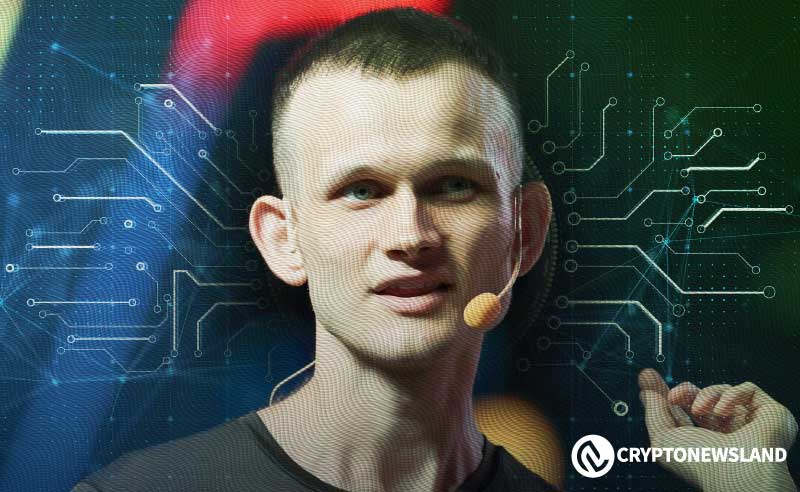- Optimism’s ICrosschainERC20 update enhances Ethereum Layer 2 interoperability by simplifying asset transfers through neutral minting and burning.
- Vitalik Buterin supports cross-chain cooperation in Ethereum, emphasizing its importance for a unified infrastructure, especially for ERC20 tokens.
- While liquidity provider solutions suffice for popular ERC20 tokens, Buterin stresses native interoperability for rare tokens and NFTs for efficiency.
Ethereum co-founder Vitalik Buterin has provided insight into the ongoing discussion surrounding cross-chain compatibility in the Ethereum ecosystem. His comments followed a technical update from Optimism, which introduced the ICrosschainERC20 interface aimed at enhancing interoperability between various Layer 2 (L2) networks.
Notably, the update focuses on improving user experience by streamlining asset transfers across L2s. This is achieved through neutral minting and burning functions, which simplify the process.
In addition the development signals a broader effort to create a unified Ethereum infrastructure that spans multiple chains. Buterin emphasized the importance of cooperation among Ethereum players in achieving this goal.
Layer 2 Networks and Asset Transfers
Furthermore, the update is a significant step toward making Ethereum infrastructure more interconnected. Buterin expressed optimism about the cooperation within the Ethereum ecosystem, highlighting the collaboration among infrastructure players. He noted that many are underestimating the willingness to build a unified Ethereum environment.
Besides, cross-chain neutrality is particularly relevant for ERC20 tokens, which are widely used in the Ethereum ecosystem. The ICrosschainERC20 interface could significantly reduce friction when moving these tokens between different L2 networks. Buterin’s vision aligns with his long-standing advocacy for simplifying transactions and enhancing the user experience within Ethereum.
Debate Over Cooperation and Abstraction
Notably, the discussion quickly evolved into whether such cooperation between L2 players is necessary. An X user raised concerns, suggesting that newer protocols, which rely on intent-driven frameworks, can enable unification without direct collaboration. These protocols often utilize relayers and fillers to achieve their goals.
Consequently, Buterin acknowledged this point but clarified that liquidity provider-based approaches are sufficient only for popular ERC20 tokens. He explained that wallet-level standardization remains crucial for handling chain-specific addresses and payment requests.
Moreover, Buterin highlighted that rare ERC20 tokens and NFTs require fast, native interoperability to maintain efficiency and user-friendliness in the future.

